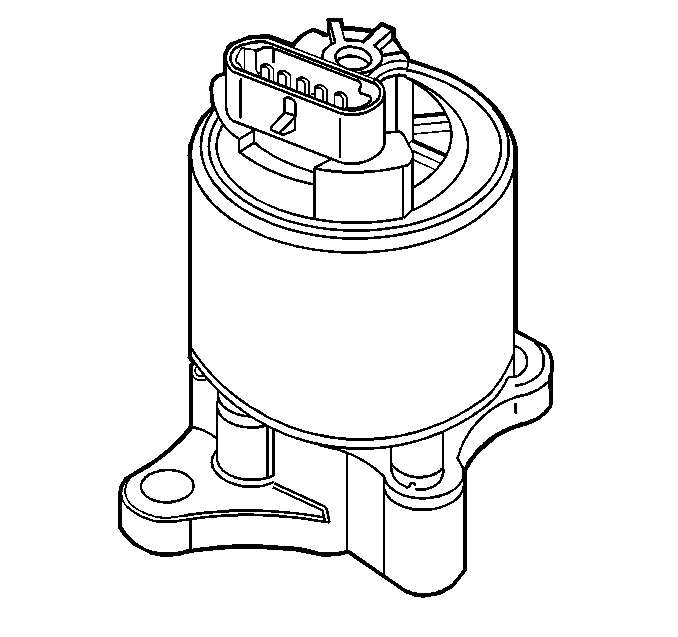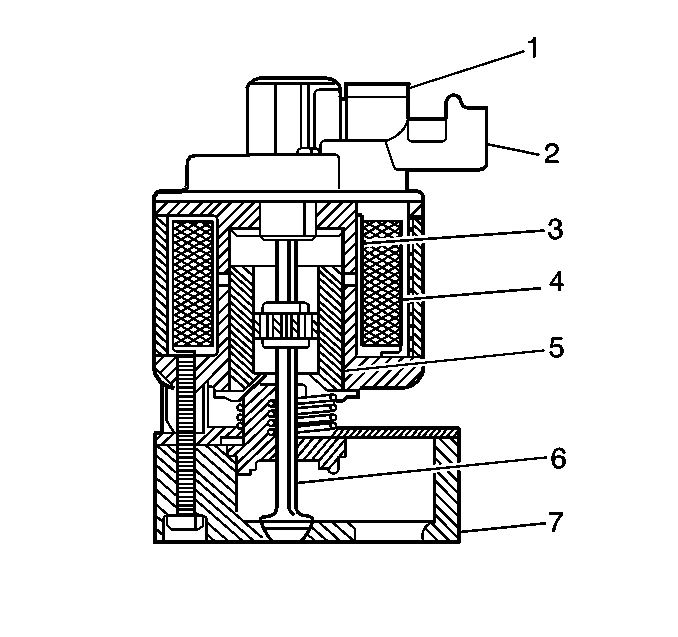An Exhaust Gas Recirculation (EGR) system is used in order to lower
Oxides of Nitrogen (NOx) emission levels. The EGR system accomplishes this
by feeding small amounts of exhaust gas back into the combustion chamber.
High combustion temperatures cause NOx. Combustion temperatures are
reduced when the air/fuel mixture is diluted with the exhaust gases.


